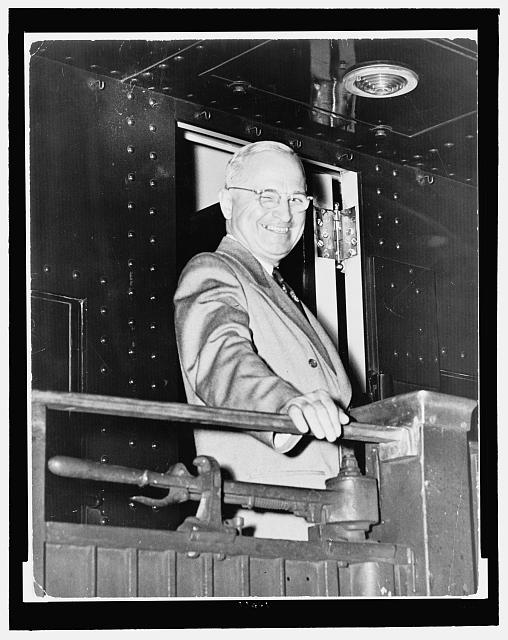Harry S. Truman, the 33rd President of the United States, assumed office during a crucial time in American history. World War II had ravaged the nation’s economy and left a significant void in the infrastructure, both physical and political. Truman’s presidency marked a turning point as he undertook the arduous task of rebuilding America, reviving the economy, and creating a stronger nation after the devastating aftermath of the war. This article explores Truman’s efforts and initiatives that paved the way for the remarkable transformation of post-war America.
Establishing Economic Stability:
One of the primary challenges Truman faced was rejuvenating the American economy. To achieve this, he implemented the Employment Act of 1946, which created the Council of Economic Advisers and committed the government to maintaining full employment. Truman also introduced the Marshall Plan in 1948, a massive economic aid program to assist war-ravaged Europe. By these measures, he not only helped rebuild America but also strengthened its global influence.
Investing in Infrastructure:
Understanding the importance of a robust infrastructure, Truman embarked on an ambitious plan to revitalize America’s roads, bridges, and utilities. In 1944, he endorsed the Federal-Aid Highway Act, laying the groundwork for the interstate highway system. This initiative not only facilitated the movement of goods and people but also boosted economic growth and connected communities nationwide. Truman also spearheaded the Rural Electrification Administration, providing electricity to previously underserved rural areas, bringing about a significant leap forward in living standards and productivity.
Promoting Social Welfare:
Truman recognized the importance of taking care of America’s citizens. He initiated various social welfare programs aimed at improving the lives of ordinary Americans. The GI Bill of Rights provided education and housing benefits to returning veterans, helping them reintegrate into civilian life. Truman also championed the Fair Deal, an ambitious legislative agenda that included proposals for universal healthcare, higher minimum wages, and increased Social Security benefits. Though not all of his proposals were successful, Truman’s vision laid the groundwork for future social reforms.
Securing Civil Rights:
Truman’s presidency witnessed significant strides in the fight for civil rights. In 1948, he issued Executive Order 9981, which desegregated the armed forces, marking a crucial step towards equality. His support for racial equality ruffled feathers, with many Southern Democrats leaving the party as a result. Despite facing tremendous opposition, Truman continued to advocate for civil rights, establishing the President’s Committee on Civil Rights and commissioning a report that led to future civil rights legislation.
Conclusion:
Harry S. Truman’s presidency was instrumental in reshaping America after the devastation of World War II. From implementing economic policies to investing in infrastructure and social welfare programs, Truman’s initiatives laid the foundation for the country’s prosperity in the post-war era. He also played a significant role in advancing civil rights, promoting equality, and challenging the status quo. Truman’s leadership and determination guided the nation towards a brighter future, solidifying his legacy as a president who rebuilt America physically, economically, and morally.
